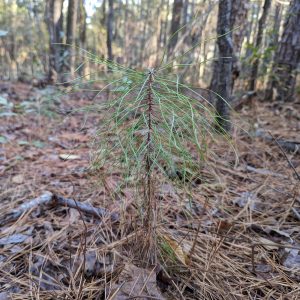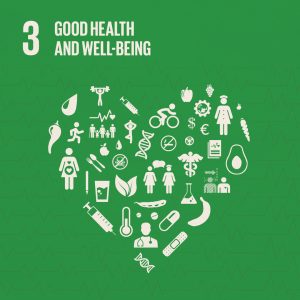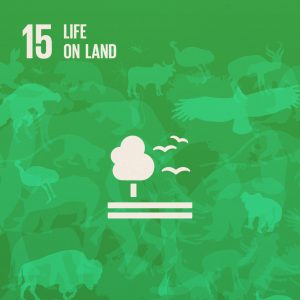by John Kush
Anyone who has moved about Auburn in last few years has noticed the continued growth of our community. With this growth, we continue to lose valuable green space and tree canopy, which negatively impacts the ecological function of our local environment. Water filtration decreases with an increase in hard surfaces and fewer plants to mitigate the effects of heavy rain events, wildlife populations shift from species whom we can easily coexist to those with whom we frequently have a conflict with, the temperature is not regulated, and our overall outlook suffers from the lack of ‘soft’ natural attributes in our environment.
The landscape on view at Kreher Preserve and Nature Center (KPNC) is not the one early Southeastern US settlers encountered. This landscape was an open tree canopy with a diverse herbaceous ground layer, mainly resulting from frequent, low-intensity, non-lethal fires that swept through pre-settlement forests every 2 to 10 years. A combination of lightning strikes and aboriginal burning ignited these fires.
However, across much of the modern landscape, this natural process of frequent fire has functionally been eliminated. In the absence of fire, forested stands develop a thick undergrowth of broad-leaved species, and the diversity of herbaceous vegetation declines due to decreased light and increased litter depth.

Newly planted tree at KPNC. Photo credit: Sarah Crim
In January 2022, AU Sustainability, the College of Forestry, Wildlife and Environment’s Plant Ecology class, and KPNC volunteers planted 1,000 shortleaf pines at two locations on KPNC. On January 26th, 2023, another planting event will occur at KPNC. Current plans for this event include planting longleaf pine, some hardwood tree species, and several native perennial grasses and forbs.
We all have the ability to enhance ourselves and our community by planting native vegetation. From the smallest window box to the largest estate in Auburn, there exists a rich suite of botanical wonders that will enhance our community’s ecological function.
Small spaces: Window boxes and small areas around mailboxes, curbs, and sidewalks can all be seeded with appropriate herbaceous species for the light and moist parameters of the area. Many species of flowering plants critical to native pollinators can be grown in these areas with little effort, cost, or maintenance. Seeds mixes are readily available commercially to accommodate any size project and preferred color palate.
Medium to large spaces: Any area 100 square feet or larger can incorporate shrubs or trees into the planting scheme. Native shrubs are often overlooked as landscape plants because they are not as easily manipulated as imported landscape species. However, it’s hard not to appreciate the art form of a scraggly sparkleberry hedge. Instead, think of the birds eating all the imported, invasive shrub fruits and depositing them across our landscape. They could be eating and depositing native shrub fruits and depositing those instead!
Trees can be a hotly contested subject regarding what to plant and where in urban settings. It needn’t be. In the interest of sustainability, native tree species that were present on the landscape upon which our community lies should be planted, and there is a tree species for any existing condition. Small trees, big trees, fun sun, and deep shade all we have to do is look at a healthy reference site to determine our options.
If you would like to learn more about these native plant options for whatever size area, there are many easily accessible and understandable sources of information. There are also opportunities in our community to learn about and assist in planting various native plants in a variety of settings.
All is not lost, however. Explore the possibilities.
John Kush is a Research Fellow within the School of Forestry & Wildlife Sciences.
Learn about the SDGs & AU and our contributions related to this post.






